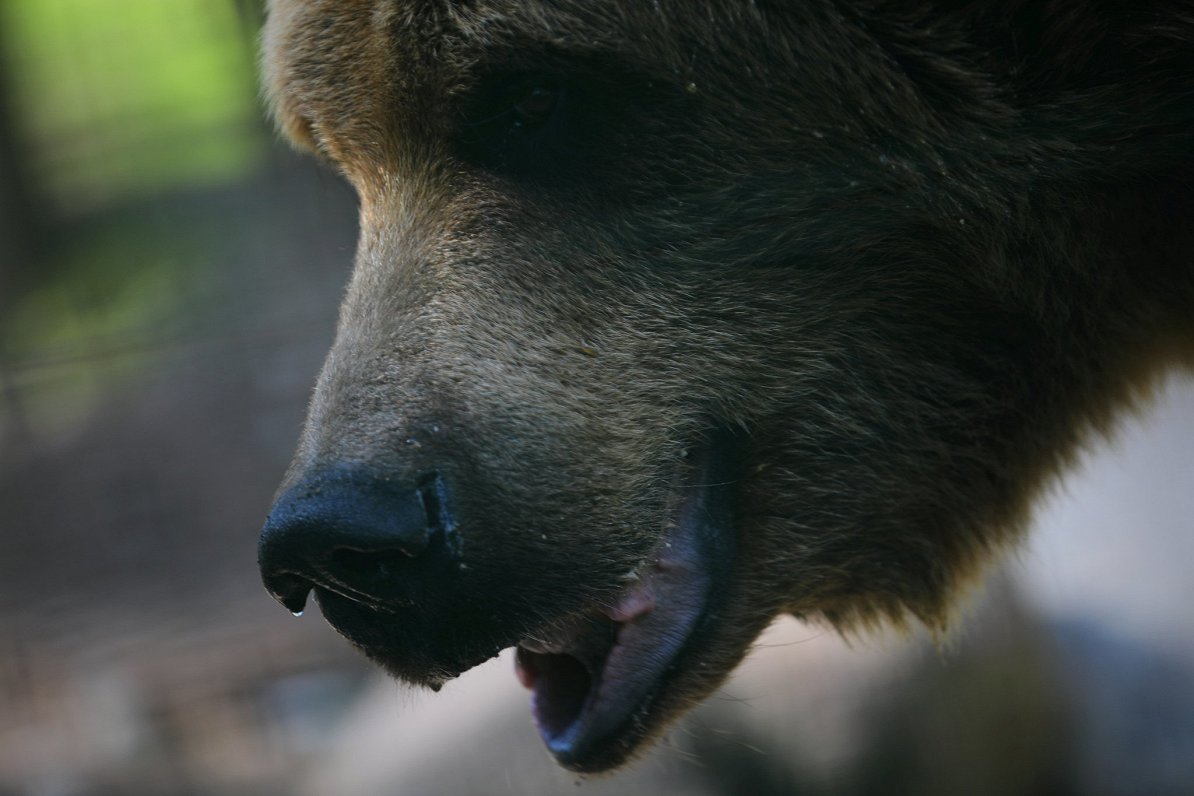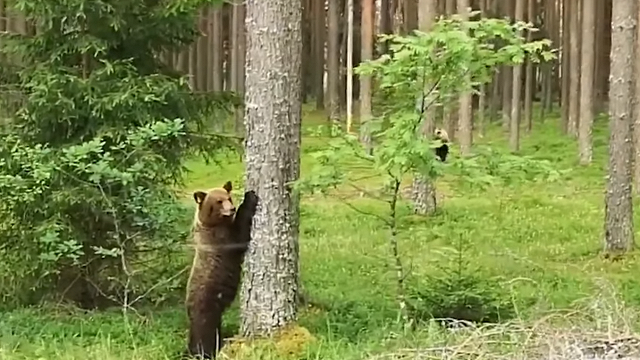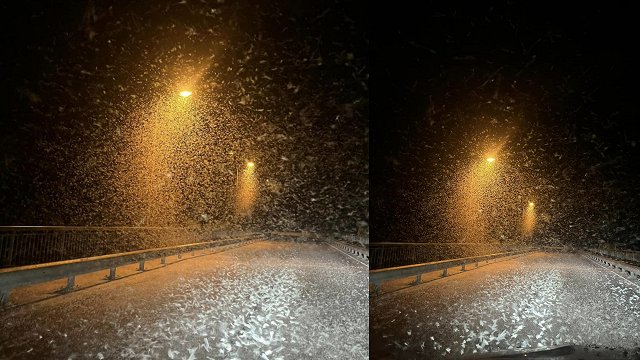Another bear has been seen, traces have been found, beehives have been destroyed – stories like this, videos and photos appear quite frequently on social media. It seems that the likelihood to meet a bear in Latvia is becoming higher. Specialists agree. Even separate interest groups have been set up on social media, one of which has also created a bear distribution map.
Although it is difficult to determine the exact number of bears in Latvia, it is known that approximately 30-50 bears are permanently present in Latvian forests, said the representative of the Nature Conservation Agency, Jēkabs Dzenis.
Five years ago, there were only about 15 bears.
Dzenis said that most bears were seen in the border area of Estonia and Russia. He added that Internet accessibility and technology have allowed residents and researchers to obtain much more information.
“At the time, the quality of this data was much worse. All that has happened in these 5 years is that the availability of technology for people has increased,” said Dzenis.
And there is more evidence of the presence of bears, according to a map published by the association group “Lāču izplatība Latvijā” (Bear distribution in Latvia). Information on bears or other evidence of their presence shall be updated every three weeks.
Group representative Ilze Zvaigzne said that at the moment, there is a lack of support and advice from professionals who could monitor the information they have obtained.
Meanwhile, such monitoring is considered useful to the public by the expert Dzenis.
“We are aware that such an initiative exists, we have sent the group administrators the materials we are preparing – how to behave if you encounter a bear, and to avoid encountering a bear,” he said.
He believes that the data published in this group is accurate enough, but he adds that every point marked on the map cannot be counted as another bear. Since this animal can walk up to 100 kilometres a day, there is a possibility that the same bear has been reported repeatedly.





























